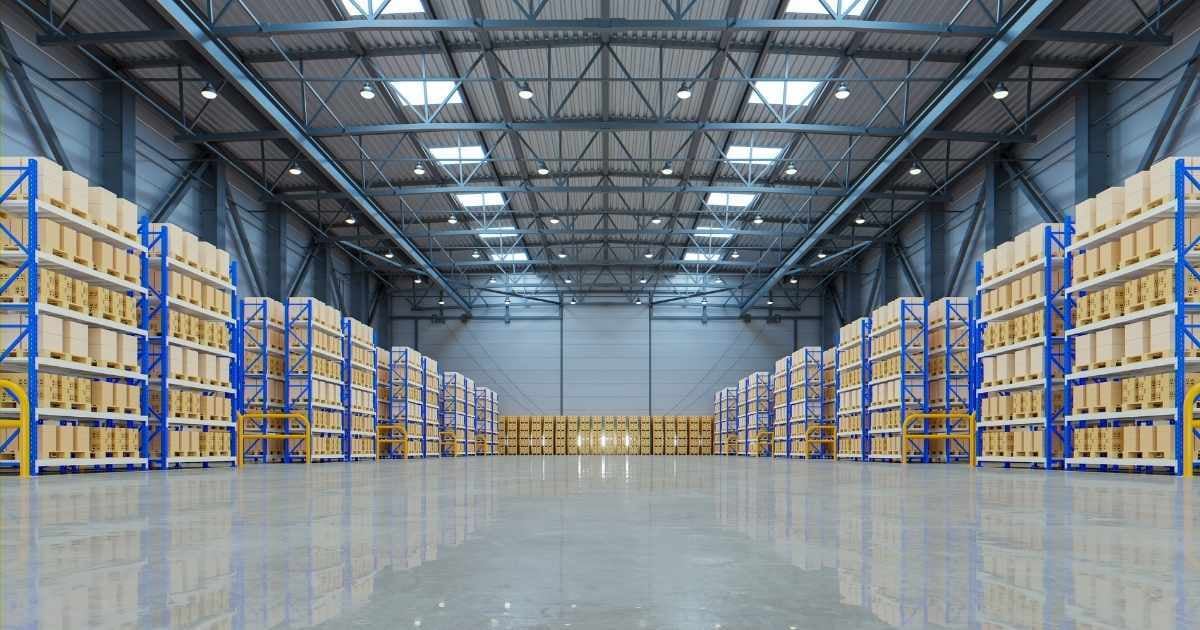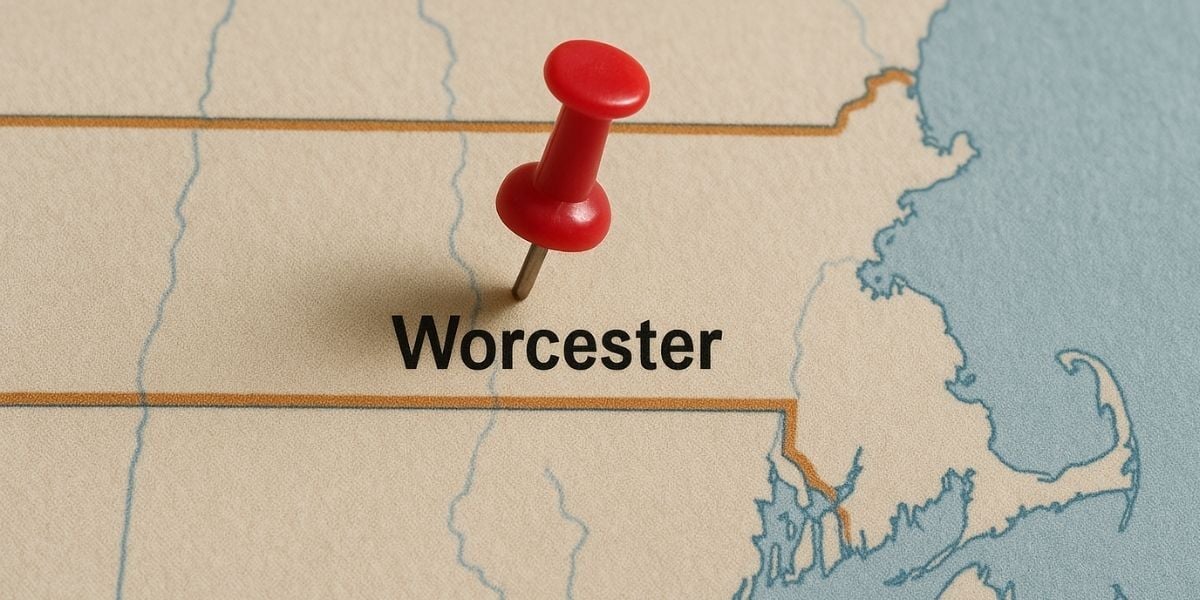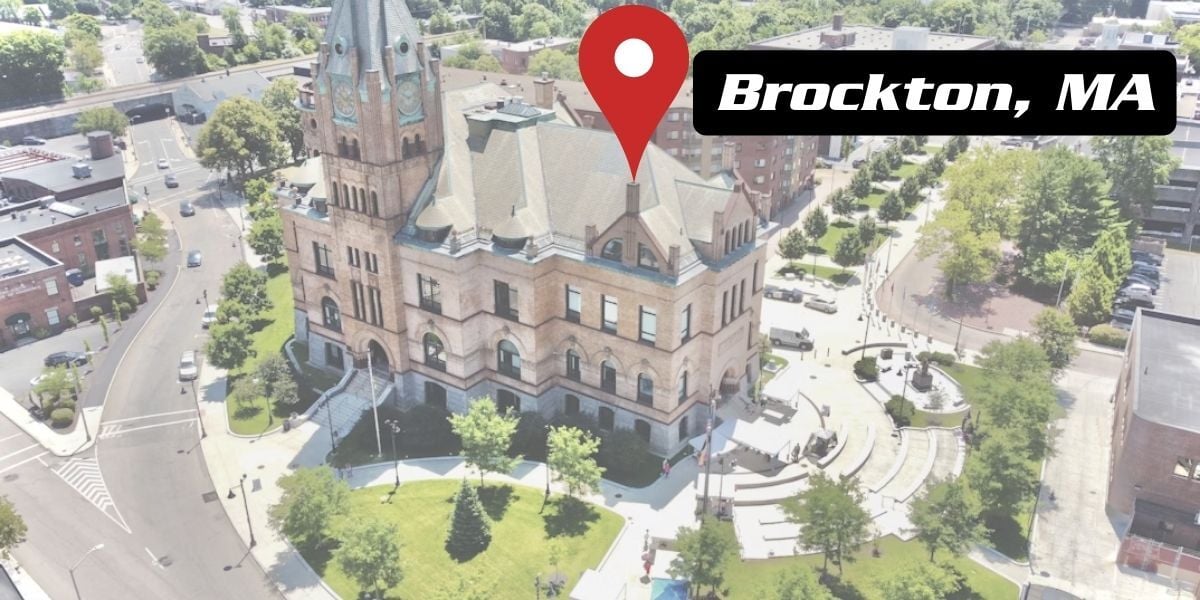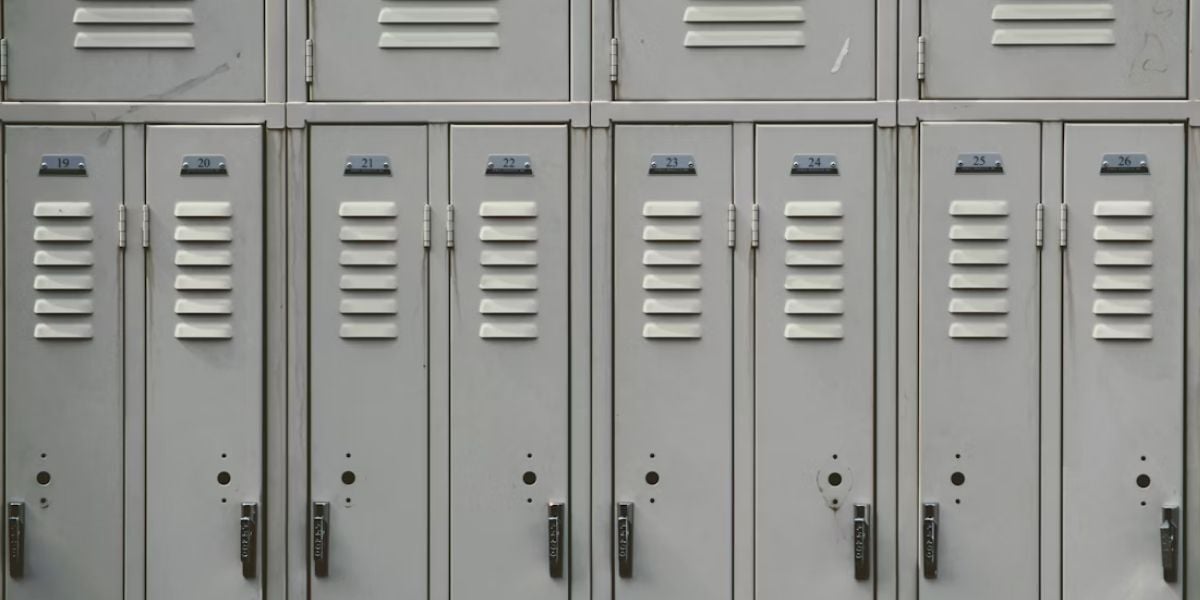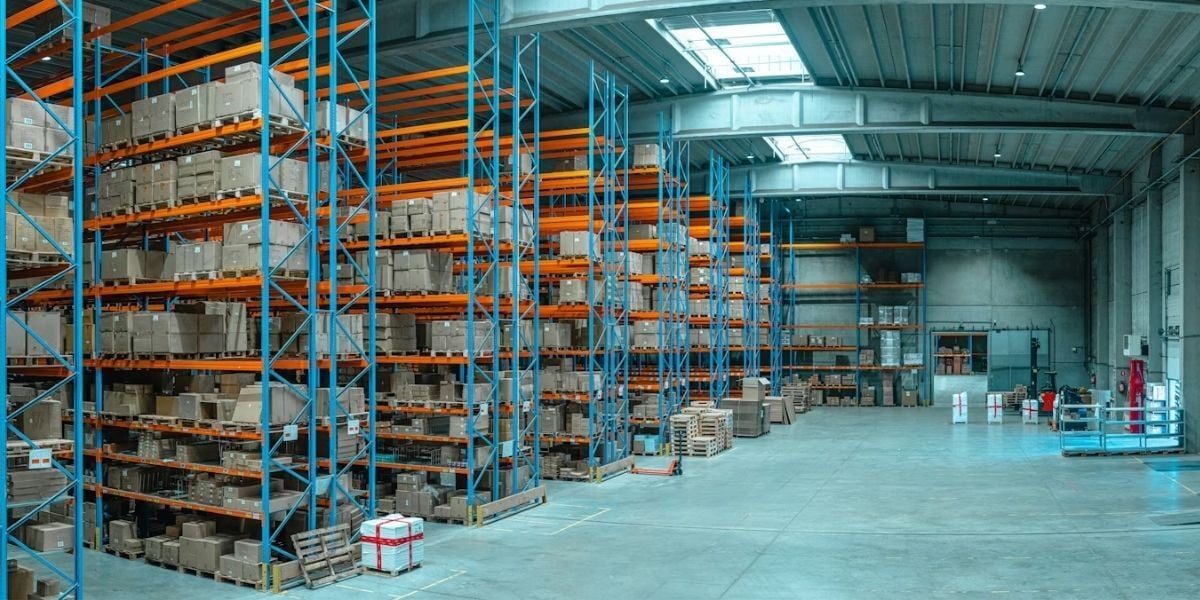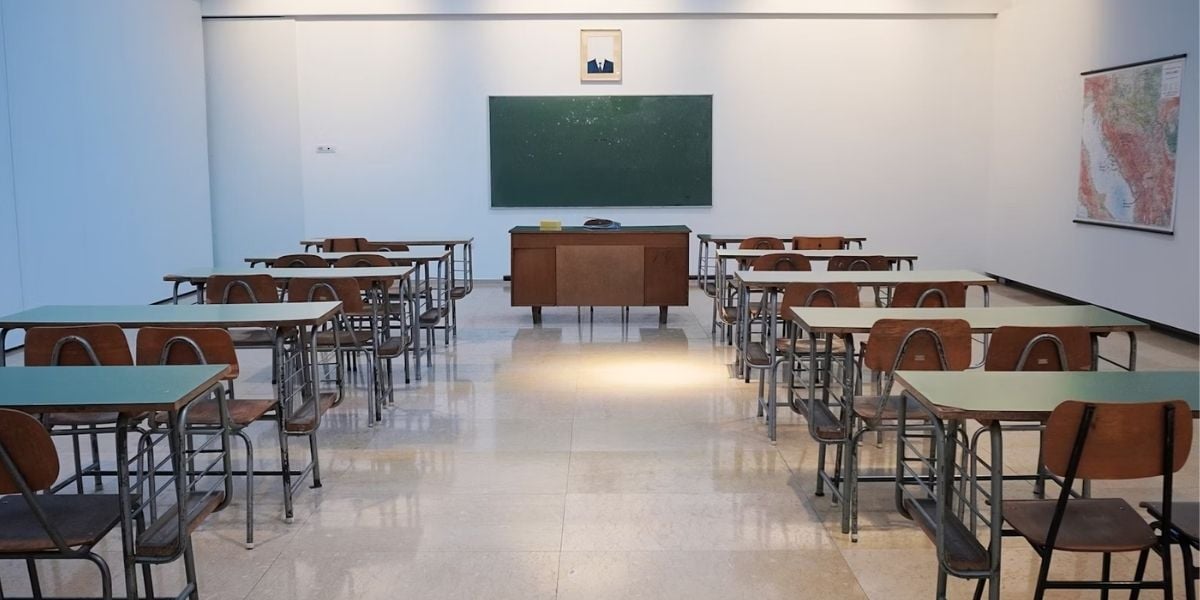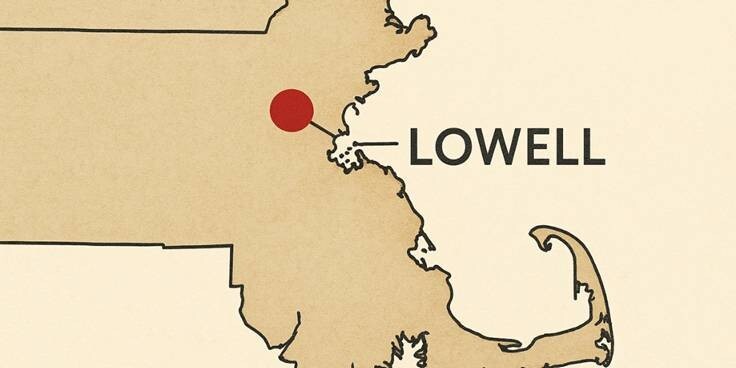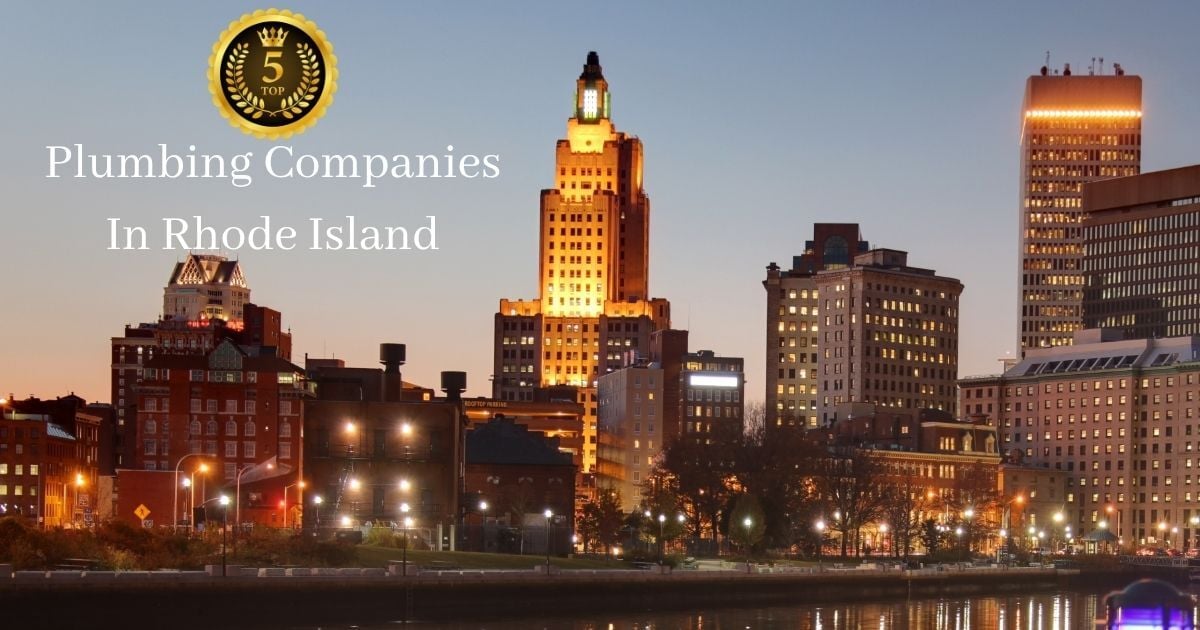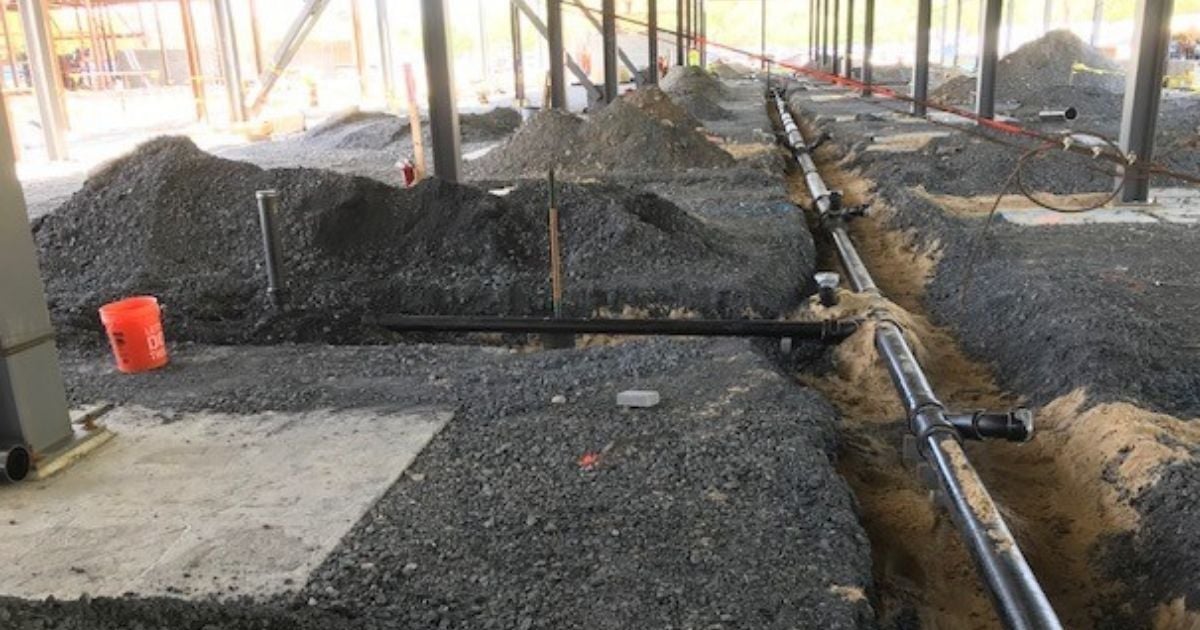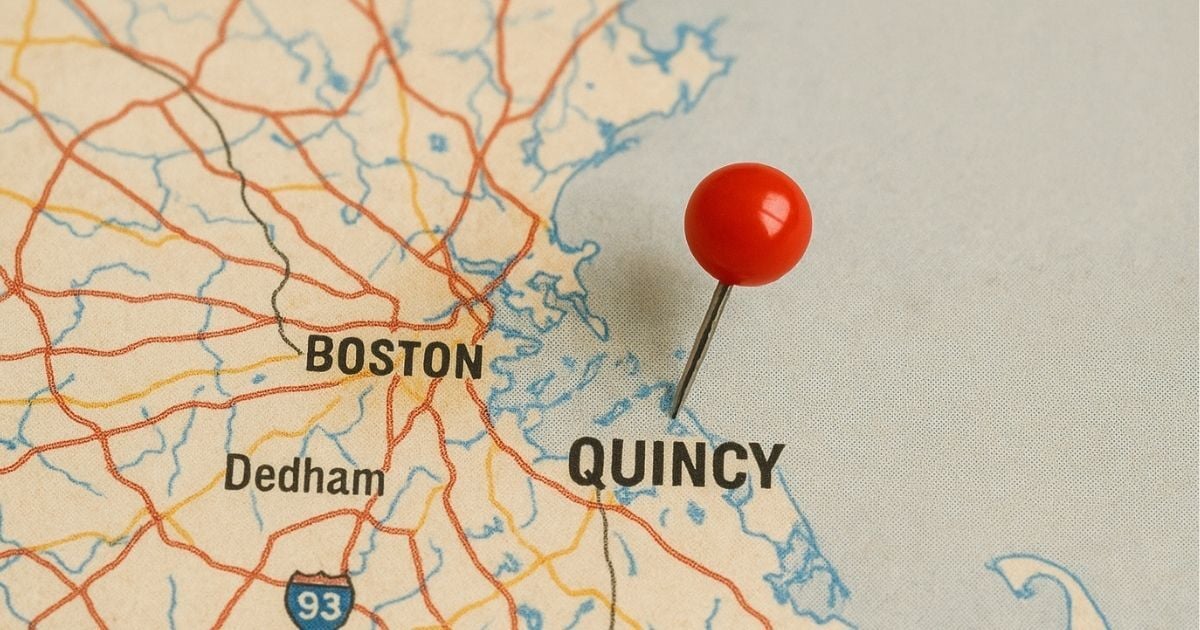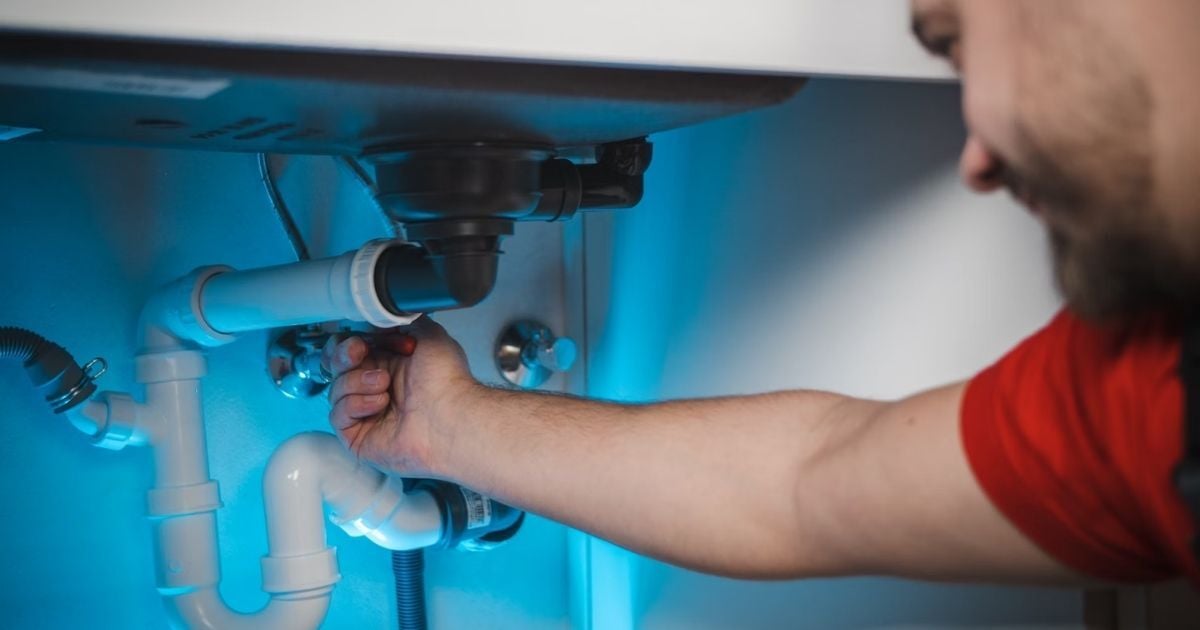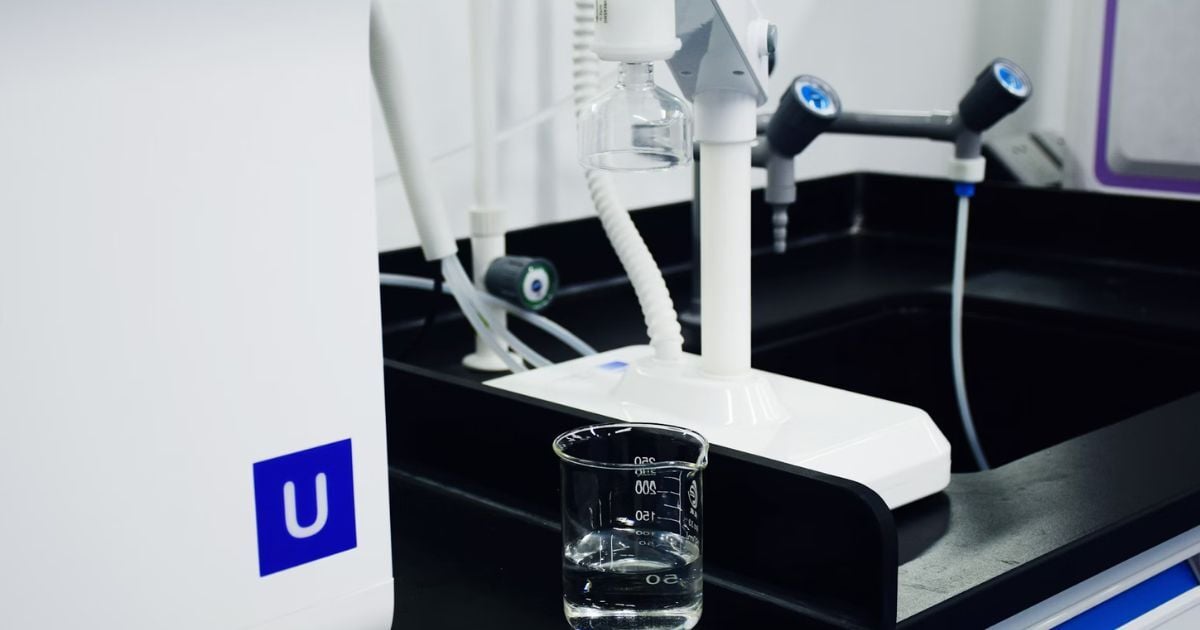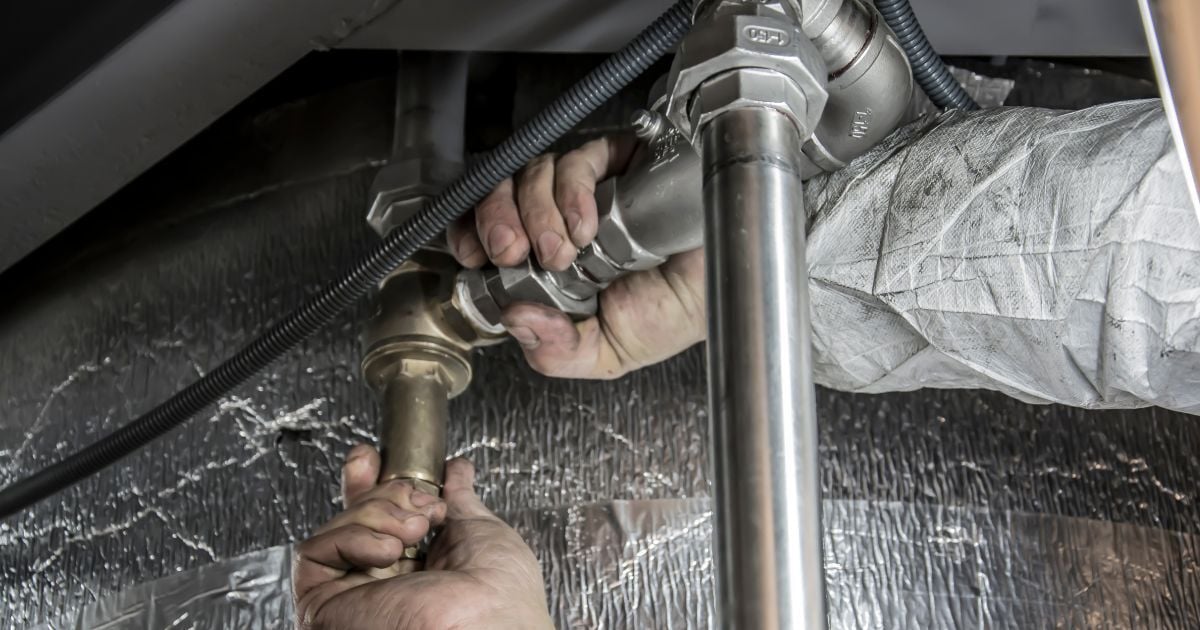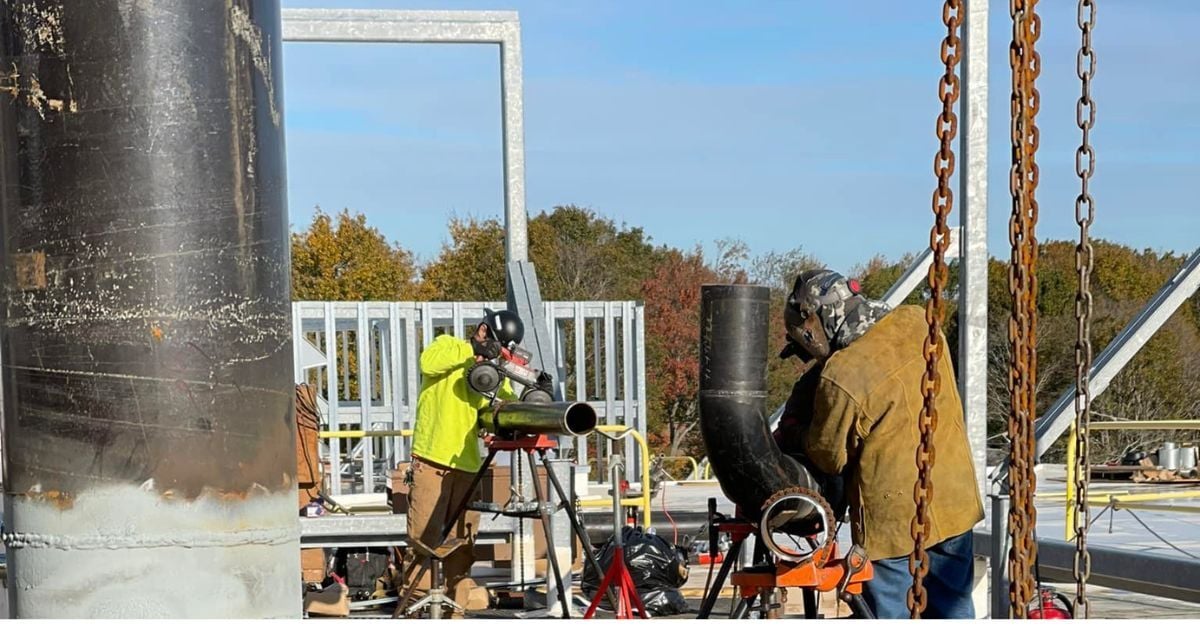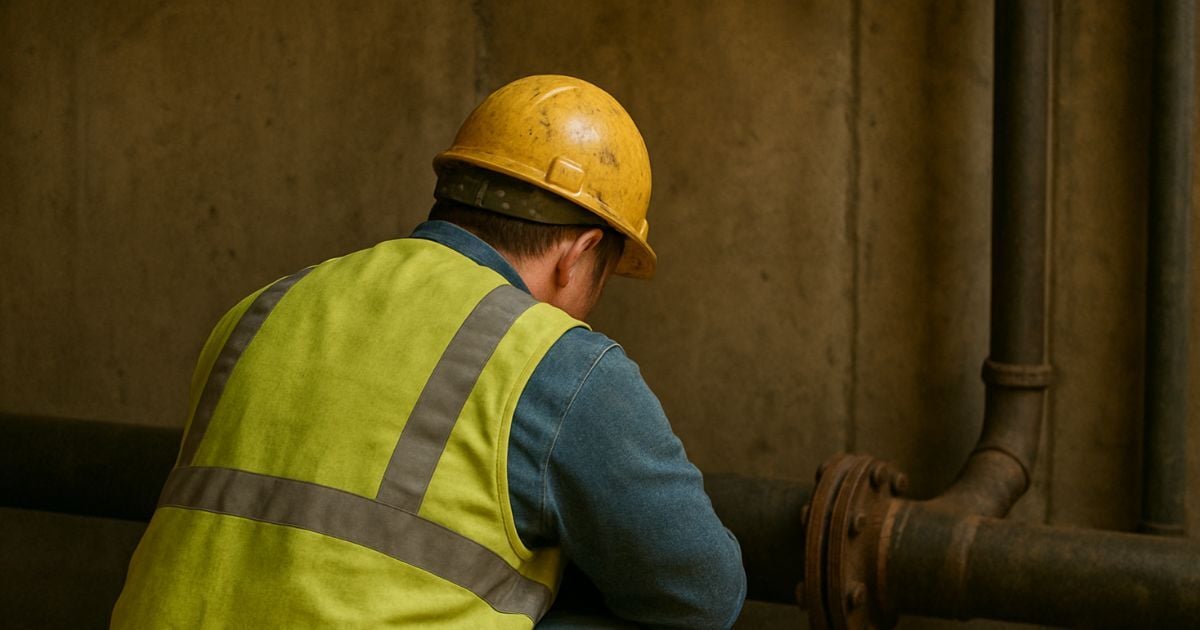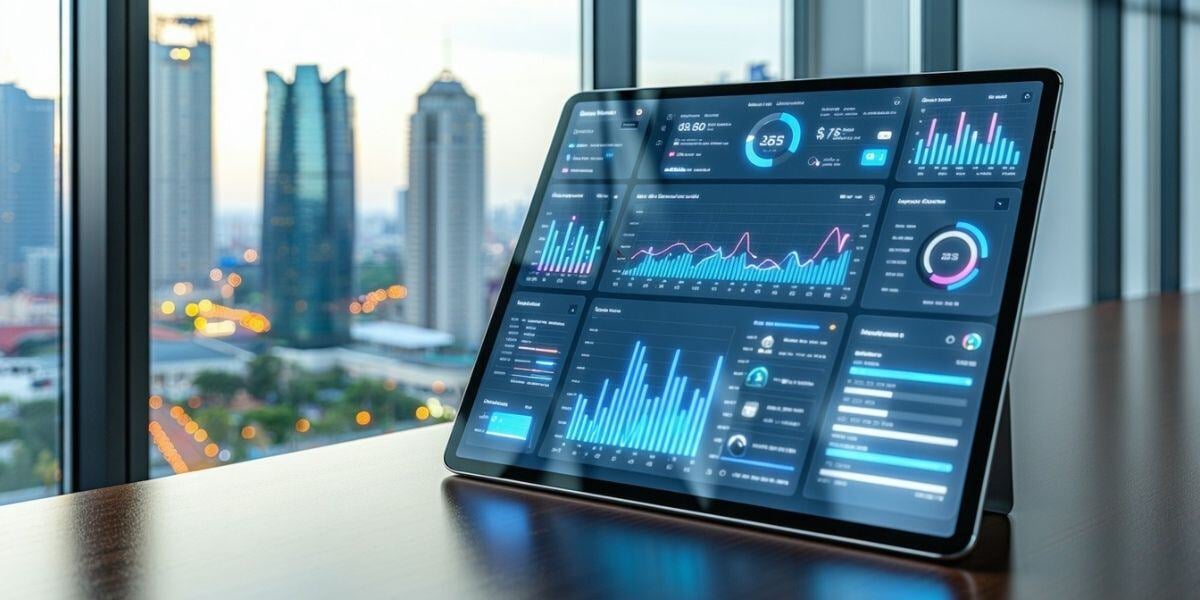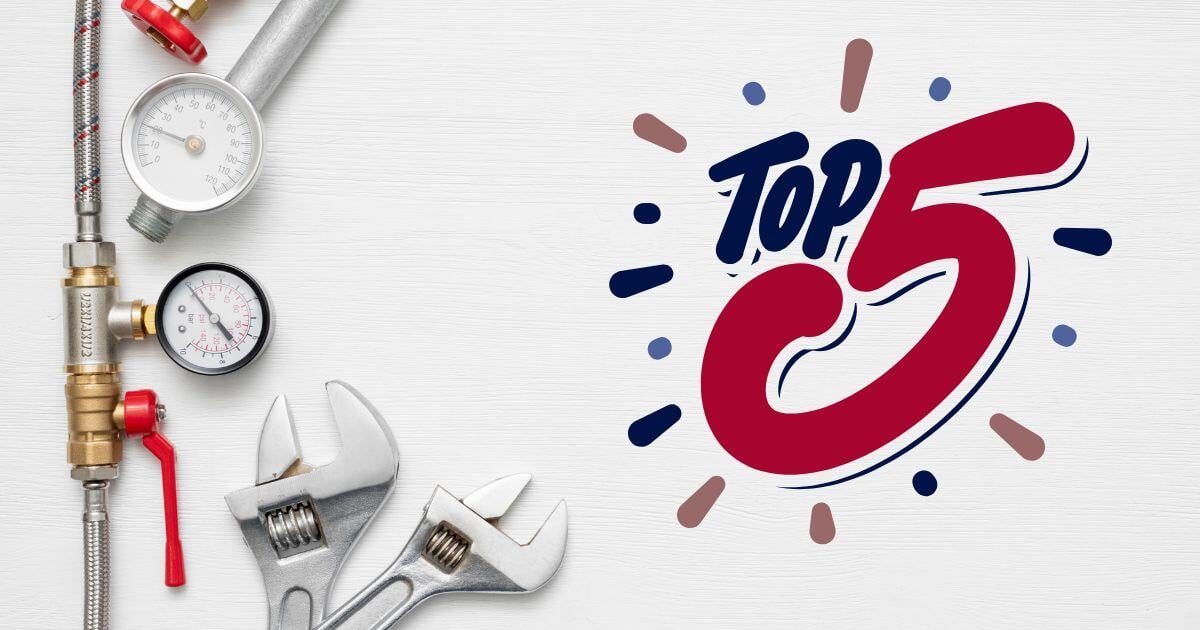
Have you ever had a clogged toilet or a leaking faucet in your office? Problems like these are not just annoying; they can slow down your workday and even cost your business money.
Plumbing is something we don’t often think about until it goes wrong. By upgrading your plumbing system before problems happen, you will avoid emergencies, save money on water bills, and keep your office running smoothly.
At Harold Brothers Mechanical Contractors, we’ve helped thousands of commercial clients, from small business owners to facility managers in large office buildings, upgrade their plumbing systems to be more efficient, reliable, and cost-effective. With decades of experience in commercial plumbing and heating, we know what works and what’s worth your investment.
In this article, we’ll show you the best plumbing upgrades for your office and why they matter. Whether you’re in a small building or a big office complex, these changes can make a big difference.
Why Upgrade Your Office Plumbing?
You might be thinking: “If nothing is broken, why fix it?” That’s a fair question! But just like you update your phone or computer to keep it working well, plumbing systems also need updates.
Here’s why:
- Save water – Older toilets, sinks, and pipes use more water than newer ones.
- Lower your bills – Less water used means smaller utility bills.
- Prevent damage – Small leaks can turn into big problems if left alone.
- Make employees and visitors happy – Clean, working bathrooms and break rooms make people more comfortable.
- Meet building codes – Some areas require buildings to use energy-saving or water-saving tools.
Now, let’s look at the best upgrades to consider for your office.
1. Low-flow toilets and Urinals
Average Cost per Unit Installed: $750-$1,500
One of the easiest ways to save water in your office is by replacing old toilets and urinals with low-flow models. These are designed to use less water every time they’re flushed.
Older toilets can use up to 5 gallons per flush. New low-flow toilets use 1.28 gallons or less—that’s a big drop! Over time, that can save thousands of gallons of water every year.
Bonus Tip:
Choose dual-flush toilets that give users two flushing options: one for liquids and one for solids. This gives people more control and uses even less water.

2. Touchless Faucets
Average Cost per Faucet Installed: $1,000-$1,500+
Touchless faucets use sensors so water only runs when hands are under the spout. These are great for keeping your bathrooms clean and saving water at the same time.
They also help reduce the spread of germs since people don’t have to touch the handle. That’s especially important during cold and flu season!
Benefits of touchless faucets:
- Save water
- Lower spread of bacteria
- Easier to use for everyone
3. Smart Leak Detectors
Average Cost per Unit Installed: $750-$1,000
Leaks can waste water and damage floors, walls, or even electronic devices such as computers and files. If a pipe leaks under a sink or behind a wall, you might not know until it’s too late.
Smart leak detectors can help. These small devices can be placed under sinks, near water heaters, or in bathrooms. If they detect water where it shouldn’t be, they send an alert to your phone or email.
Some even shut off the water supply automatically to stop the leak right away!
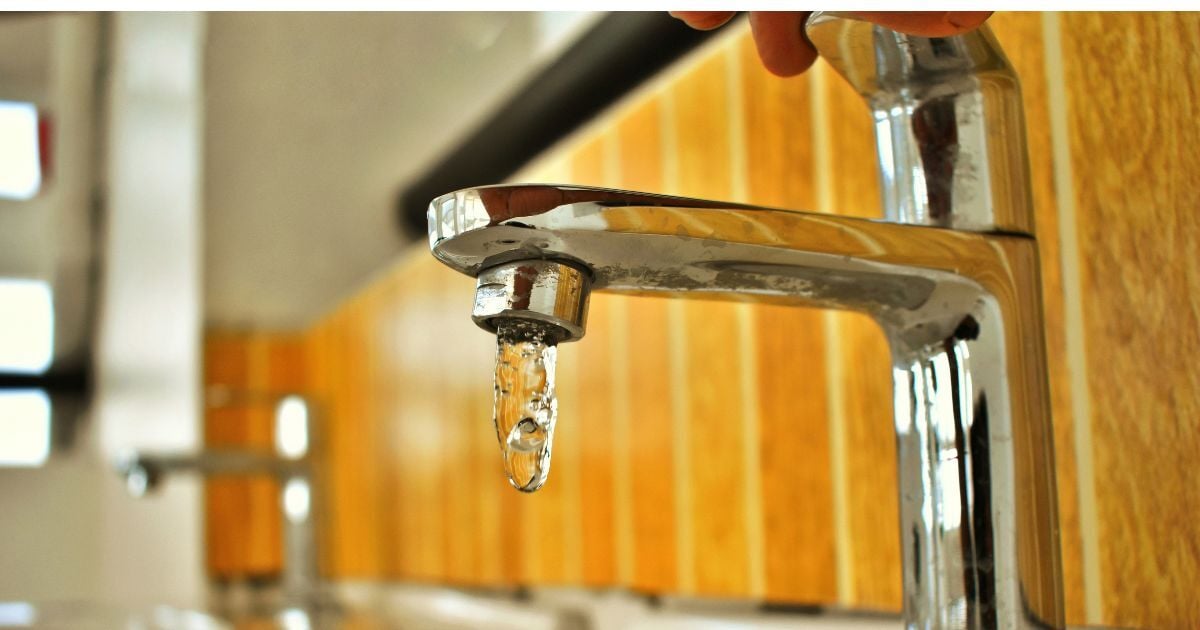
4. Water-Efficient Break Room Fixtures
Low-flow kitchen faucet: $500-$1,000
Full break room refresh: $2,000–$4,000+ depending on setup and cabinetry adjustments.
The kitchen or break room is another place where your plumbing can work smarter. Installing low-flow kitchen faucets and efficient dishwashers can help save water and energy.
If your employees use a dishwasher to clean coffee mugs and lunch dishes, switch to an ENERGY STAR® certified model. These use less water and electricity than older machines.
5. Upgraded Water Heaters
Tankless Commercial Unit: $5,000–$7,000 installed
High-Efficiency Tank Water Heater: $3,500–$5,000+ installed
Larger buildings may require multiple units or boiler integrations, pushing total investment to $10,000–$30,000+.
Old water heaters can waste a lot of energy. If your water heater is more than 10 years old, it might be time for an upgrade.
Consider switching to:
- Tankless water heaters, which heat water only when it’s needed
- High-efficiency storage water heaters, which use less energy to keep water hot
Both options save money on energy bills and provide hot water faster, which is great for large offices.
6. Backflow Preventers
Average Cost Installed: $2,000–$5,000 per device
Backflow happens when dirty water flows backward into your clean water system. This can be dangerous and cause health problems.
Installing backflow preventers helps keep drinking water clean and safe. In many places, this upgrade is required by local building codes for commercial buildings.
Even if it’s not required in your area, it’s still a smart idea to protect your water supply.
7. Pipe Insulation
Average Cost per Linear Foot: $8+ installed
Many office buildings have pipes running through unheated spaces like basements or utility rooms. If those pipes aren’t wrapped in insulation, they can lose heat and even freeze during winter.
Insulating your pipes helps in two ways:
- Keeps hot water hot, so your water heater doesn’t have to work as hard
- Protects pipes from freezing and bursting in cold weather
This upgrade is inexpensive but very helpful, especially in places with cold winters.
8. Hands-Free Flush Valves
Average Cost per Unit Installed: $1,000–$1,500
Just like touchless faucets, hands-free flush valves use motion sensors to flush toilets and urinals. These are more hygienic and help reduce water use.
They’re also helpful in high-traffic bathrooms where people sometimes forget to flush. That keeps your restrooms cleaner for everyone.
9. Water Pressure Regulators
Average Cost Installed: $400–$1,200
Too much water pressure can stress your pipes and cause leaks. Installing a water pressure regulator helps keep the pressure at a safe level.
Most experts recommend that water pressure stay between 40 and 80 PSI (pounds per square inch). A plumber can test your current pressure and install a regulator if needed.
How to Prioritize Office Plumbing Upgrades: What to Do First
Not every office needs all these upgrades at once. Start by checking your building to see:
- Are your toilets or faucets more than 10 years old?
- Do you often have leaks or clogs?
- Are your water bills getting higher?
- Do your employees complain about the bathrooms?
A licensed commercial plumber can help you do a plumbing inspection. They’ll tell you what needs to be fixed now and what can wait.
Choosing the Right Office Plumbing Upgrades to Save Water, Money, and Headaches
Keeping your office’s plumbing in good shape is about more than just stopping leaks. It’s about saving money, helping the environment, and keeping everyone comfortable at work.
The best commercial plumbing upgrades—like low-flow toilets, touchless faucets, leak detectors, and smarter water heaters—can make your office cleaner, safer, and more efficient.
And remember, you don’t have to do it alone. A qualified plumber can walk you through your options and help you plan the best upgrades for your space and your budget.
Now that you know the best plumbing upgrades for your office, read our article Common Commercial Plumbing Repairs Every Facility Manager Should Know so you know what to expect when planning your next project.
Topics:




